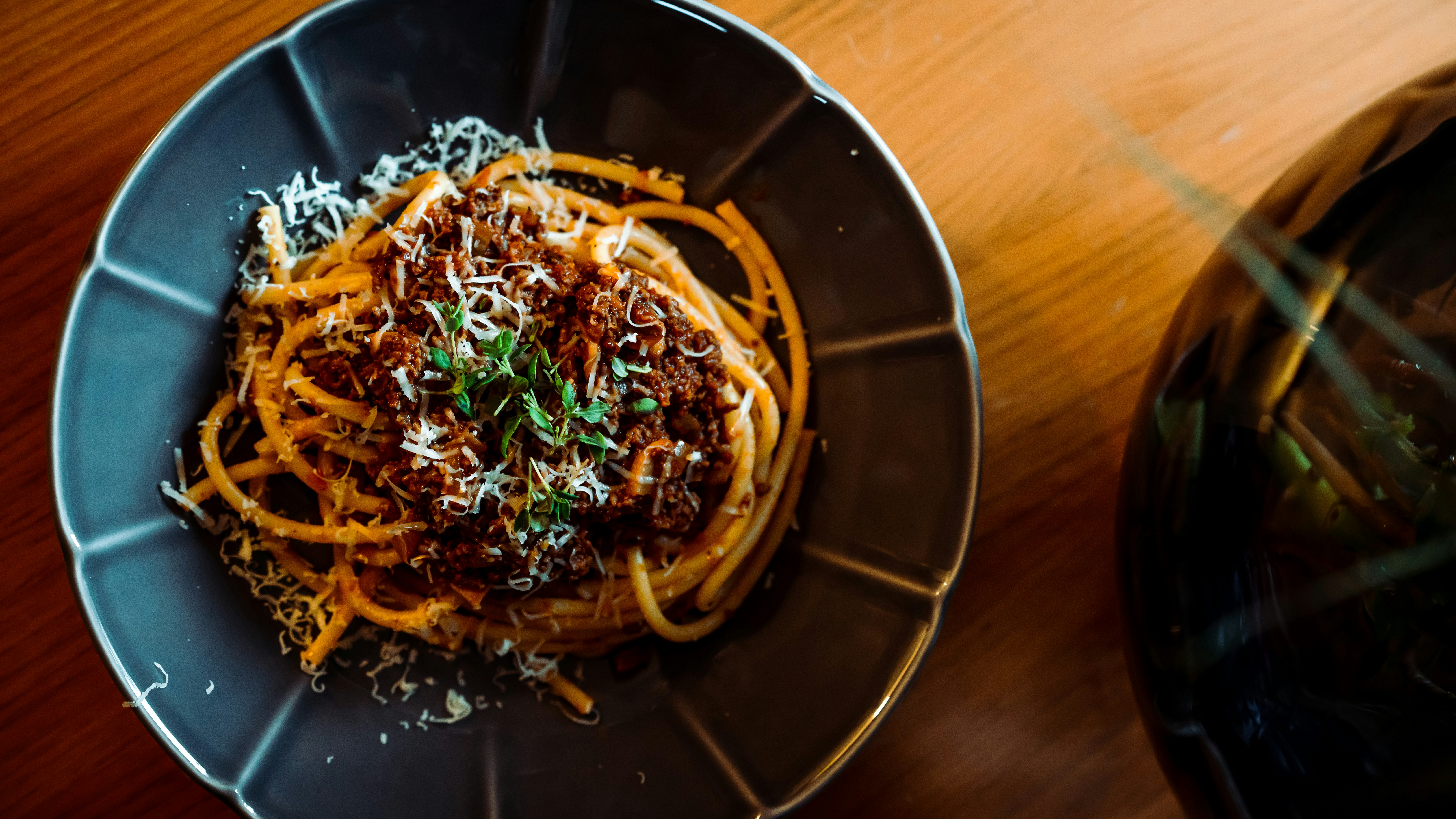Dried fruit
preserved fruit
Dried fruit is fruit from which the majority of the original water content has been removed prior to cooking or being eaten on its own. Drying may occur either naturally, by sun, through the use of industrial dehydrators, or by freeze drying. Dried fruit has a long tradition of use dating to the fourth millennium BC in Mesopotamia, and is valued for its sweet taste, nutritional content, and long shelf life. In the 21st century, dried fruit consumption is widespread worldwide. Nearly half of dried fruits sold are raisins, followed by dates, prunes, figs, apricots, peaches, apples, and pears. These are referred to as "conventional" or "traditional" dried fruits: fruits that have been dried in the sun or in commercial dryers. Many fruits, such as cranberries, blueberries, cherries, strawberries, and mango are infused with a sweetener prior to drying. Some products sold as dried fruit, like papaya, kiwifruit and pineapple, are most often candied fruit. Traditional dried fruits such as raisins, figs, dates, apricots, and apples have been a staple of Mediterranean diets for millennia. This is due partly to their early cultivation in the Middle Eastern region known as the Fertile Crescent, made up of parts of modern Iran, Iraq, southwest Turkey, Syria, Lebanon, Palestine, Israel, and northern Egypt. Drying or dehydration was the earliest form of food preservation: figs, dates or grapes which fell from the plant and were sun-dried may have been consumed by early hunter-gatherers as edible and more long-lasting and sweeter.
Source: Wikipedia

